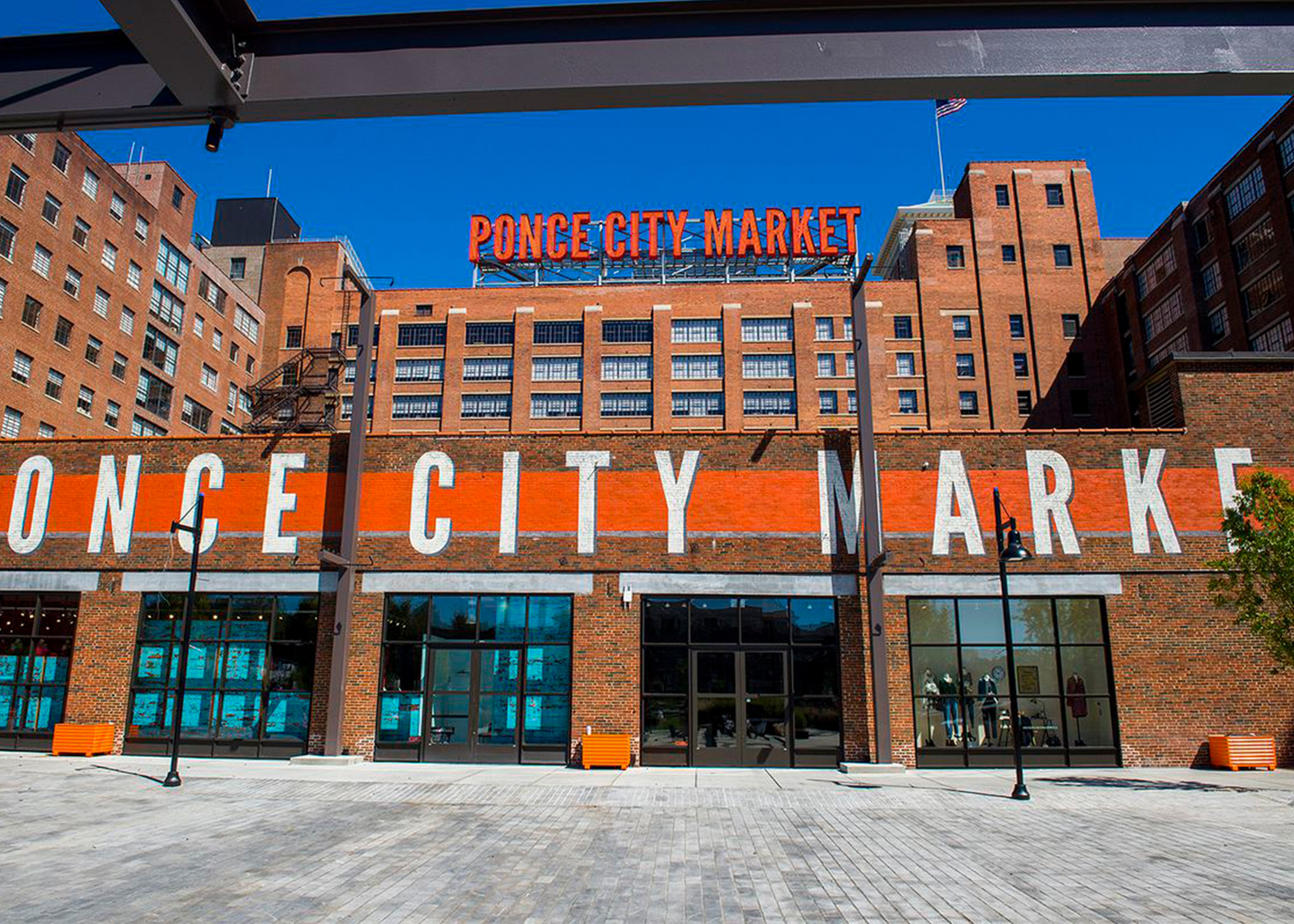When you’re not at the office and you’re not at home, where are you?
The concept of a third space, introduced by sociologist Ray Oldenburg, refers to a social environment distinct from home and work, where individuals can gather, relax, and engage in meaningful interactions. These spaces, such as cafes, parks, and co-working areas, foster a sense of belonging and connection by providing a welcoming atmosphere for casual socialization.
In workplace design, third spaces serve as retreats for employees, offering a break from formal settings. By incorporating elements of hospitality and comfort, these spaces encourage collaboration and creativity, enhancing employee well-being and satisfaction while fostering a strong sense of community among colleagues.
Due to shifting preferences and mobile lifestyles, the concept of the “third space” or “third place” has emerged as a critical element in fostering community, collaboration, and creativity. To attract talent and foster team cohesion, employers and building managers seek to provide collaborative and social spaces that effectively bridge the gap between home and the office. Virtual conferences make it easier than ever to get a meeting on the calendar and hybrid workspaces provide the opportunity for a blend of meeting and workspace styles.

The Evolution of Third Spaces
On his Substack blog, Expert in Strategic Immersive Retail and Hospitality Design, Kristoff Doria Di Cirie emphasizes the importance of these spaces. He states, “Experience designers can create third places that deliver measurable social and commercial value. As the demand for community-centric spaces continues to grow, brands that invest in creating meaningful third places will be well-positioned to thrive in the years ahead.”
The rise of community-centric retail, such as Patagonia Action Works and Glossier’s experiential pop-up shops, highlights the shift toward spaces that prioritize social interaction and experiences over traditional transactions. Public markets and co-working spaces, like Reading Terminal Market and WeWork, serve as vibrant third places that promote social interaction, support local businesses, and enhance community well-being. These trends underscore the growing demand for third spaces that blend work and social life.
Current Trends in Workplaces and Retail Third Spaces
Designing a Magnet Workplace
The current labor market conditions have intensified the competition for top talent, making workplace design a strategic asset. Companies are increasingly focusing on creating magnet workplaces that draw employees in with amenities and environments that foster human connection. Integrating biophilic design elements, offering a variety of work settings, and creating spaces that support both individual and collaborative work can significantly enhance employee attraction, retention, and engagement.
The Starbucks Model: Hosting the Third Place
Starbucks has long been a pioneer in creating third spaces. From its early days of fostering community connection in its cafes to its recent innovations in store design and digital engagement, Starbucks continues to evolve its third-place concept. By modernizing physical stores, enhancing digital ordering, and investing in new technologies like Web3, Starbucks demonstrates how businesses can adapt to changing customer needs while maintaining a focus on connection and community.
Key Performance Indicators (KPIs) for Third Spaces
Corporations can track the success of their efforts effectively through managerial oversight and community feedback. Just like traditional office spaces, the best approach to your third space depends on your unique needs and emerging technologies. For retail third spaces, businesses can track foot traffic, dwell time, user loyalty, and community engagement. These KPIs provide insights into the popularity, engagement, and long-term impact of third spaces on both social and commercial levels. For instance, the Ponce City Market in Atlanta and The Third Place Cafe in Raleigh illustrate how effective third spaces can attract and retain visitors, fostering a sense of community and loyalty.

Creating Effective Third Spaces
To create effective third spaces within the workplace, identify where natural interactions occur and enhance those areas to be more hospitable. Add elements such as comfortable seating, access to power and connectivity, and warm, inviting environments to transform ordinary spaces into third places that foster socialization and creativity.
Use hospitality features like textured materials, ambient lighting, and amenities such as food and beverages to further boost the appeal and effectiveness of these spaces. The most effective third spaces draw inspiration from hotels, lounges, restaurants, and spas, creating environments associated with relaxation, refreshment, and social interaction.
As workplaces evolve, the presence of third spaces will play a crucial role in attracting and retaining top talent, fostering innovation, and building strong communities. Businesses can create environments that support productivity and enhance employee well-being and satisfaction by using industry trends, focusing on human connection, and measuring the impact of third spaces through relevant KPIs.
At NewGround, we love creating dynamic and engaging work environments that meet the needs of modern employees. Our expertise in designing third spaces can help your organization foster collaboration, creativity, and community. If you’re interested in transforming your workplace and creating a successful third space, reach out to NewGround today. Let us help you navigate the future of work with innovative and effective design solutions.